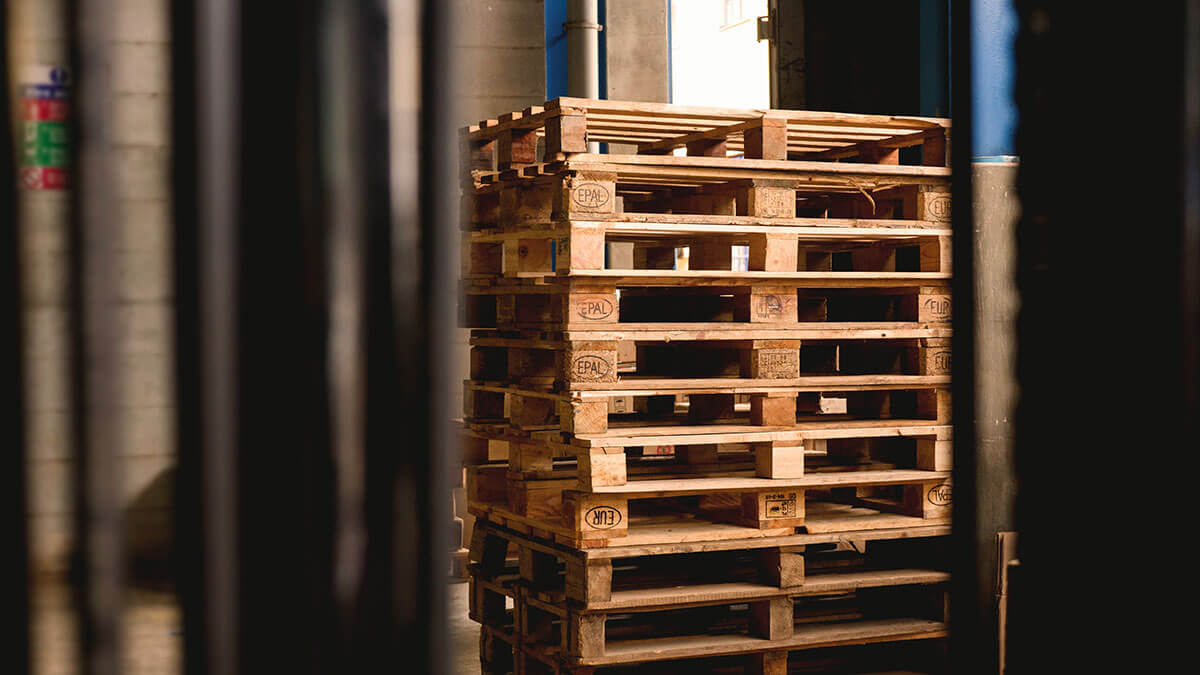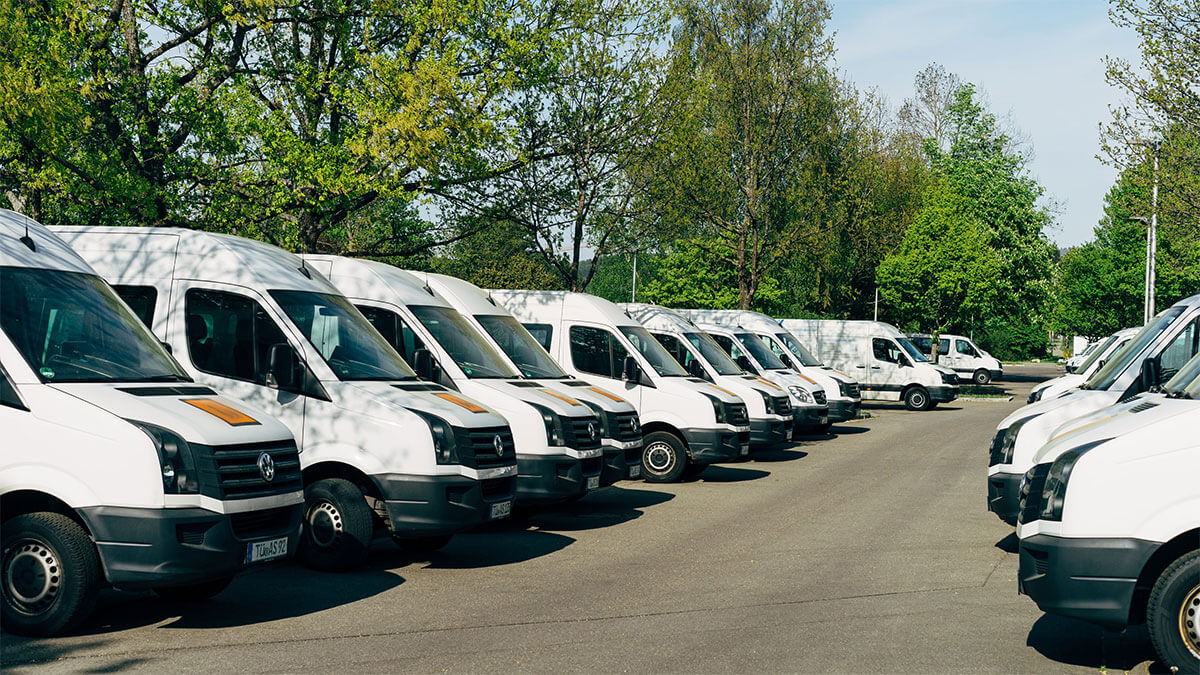
When it comes to distribution of goods, then, undoubtedly, the most critical part of the whole process is the last mile supply chain. And that’s because it’s the last link in a sequence of activities; one that completes the whole process of delivery. To put it another way, without fulfilling that dispatch to the final recipient, the process fails to come to fruition.
The end-recipients request is what drives the whole delivery system. It’s a part of the supply chain and no one said it was easy. But, what does the last mile supply chain look like? And what makes it so demanding? That’s exactly what we’re going to examine.
Before we delve into the details of the last mile supply chain, let’s have a look at the overall supply chain first, to get an idea of what the bigger picture looks like.
An overview of the supply chain
The supply chain is an essential business aspect to any business that sells products; either to individual customers (B2C) or to other businesses (B2B). It more or less describes the entire journey of a product, from the provider to distribution centers to its final destination. And it can be viewed as an intricate system that consists of people, processes, information, vehicles and resources, tuned-up to fulfill custom orders and deliveries.
Well, enough with the definitions of supply chain 😊. Now let’s focus on the part that describes the last mile supply chain.
Last mile supply chain: the core aspect of the logistics workflow
To aptly describe the delivery process, we’re going to come at it from 2 different perspectives. You may find alternative visual representations that describe the entire delivery process. And that’s depending on the logistics pattern/model they use. But, here’s our take on it:
1. Origin and destination points
Starting from the original sources, which include the Suppliers, products are transferred to Local Distribution Centers & Warehouses. From there, they are finally dispatched to B2B & B2C customers, at their final destination.
So, it can go from Suppliers to Local Distribution Center & Warehouses to B2B & B2C customers
2. Logistics
There’s a different perspective describing the distribution of products in the supply chain. One which allows us to fully understand the three different stages of transportation
First Mile
First mile delivery involves base material suppliers. They are the starting point of the entire process. During first mile delivery, base material is transported to inventories and manufacturing or industrial production hubs.
Middle Mile
Middle mile delivery includes all transit inventories. This includes any freighter service, courier service or other carrier akin.
Final Mile or Last mile
Final mile — or last mile — delivery involves the transportation of finished, ready to use goods from inventories to final customers (consumers).
The final mile supply chain — or last mile supply chain — ensures the efficient and ontime handover of products from distribution carriers to the end-user. Distribution carriers — or last mile fulfillment centers as they are alternatively called — are responsible for the most challenging part of the delivery process. And there are some good reasons why that is so.
Most importantly, external factors such as heavy traffic in urban areas, along with the extra inherent complexities (e.g harsh geography) of delivery requests, such as same-day-delivery make this last mile delivery portion of the supply chain extremely demanding.
As we’ve previously discussed, carriers responsible for the last mile supply chain can take action to eliminate such challenges; and further improve the process. And they can definitely achieve that, in many ways. One of them is to dynamically adapt routing based on customer availability; and make sure that drivers timely arrive at their destination.
It’s a tough nut to crack, but why not get a helping hand on the passenger’s seat? A co-pilot of sorts. Today, you can! The technology is available. Last mile carriers can improve their service tenfold or more, just by making the best out of vehicle management solutions, such as Veturilo.
How the last mile supply chain has evolved over time
There is no doubt that the supply chain is evolving. Contrary to what we described regarding the flow of products all the way through the supply chain, there are new last mile delivery models on the rise.
In particular, order fulfillment does not necessarily need to be accomplished as the last part of the supply chain. But, what are the alternatives, you may ask? Well, products may arrive at a customer’s door, either directly from a vendor or from a dark store. The dark store adds an extra stop to the journey. But, since competition — in commodities, at least — seems to be on the rise, online retailers have no choice but to offer shipment to customers, directly.
Removing the extra stop to the dark store, businesses opt for a faster delivery system, through their own fleet of delivery trucks. They will need to manage this fleet and extra staff, to say the least. And that’s where Veturilo may come in handy. Easy and affordable, it solves a host of vehicle management problems, like a champ.
What will it be, then?
No matter how the ever-changing retail supply chain evolves over time, it has businesses on their feet, managing shipment costs — to say the least. Besides, that is actually the greatest pain point, along with the costs involved in returned goods in the last mile supply chain. We’re confident Veturilo can considerably help with that. Why not give it a try?
